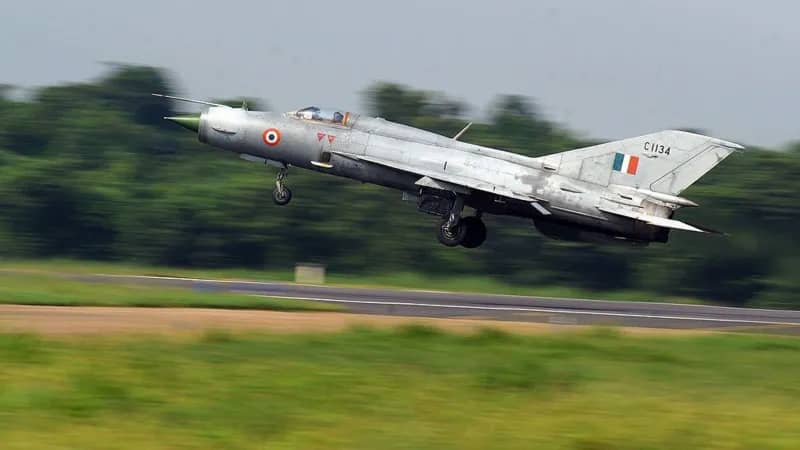The MiG-21, once the backbone of the Air Force, constituting two-thirds of its fighter fleet, is taking its final flight after six decades of service. Renowned for its speed and versatility, the jet earned fierce loyalty from pilots but later gained the grim nickname “flying coffin” due to frequent crashes in its waning years.
From 1966 to 1980, 872 MiG aircraft were acquired, with 482 crashes recorded between 1971 and 2012, claiming 171 pilots, 39 civilians, eight service personnel, and one aircrew due to human error and technical issues. Designed by the Soviets and inducted in 1963, the MiG-21 was a high-altitude interceptor, swift and agile, but adapted for close combat and ground attacks. It played a pivotal role in the 1971 war with Pakistan, executing low-level night strikes and bombing targets deep in enemy territory.

Pilots like Air Marshal (retired) Prithvi Singh Brar, who flew the MiG-21 for 26 years, recall its thrilling performance, reaching Mach 2 with a weightless sensation. However, the cockpit offered little comfort, with inadequate air-conditioning for hot climates, and its high landing speed and engine problems led to accidents, often attributed to pilot error. Ageing airframes and overextended maintenance cycles further damaged its reputation.
Despite plans for retirement, bureaucratic delays and slow development of replacements, like the light combat aircraft (conceived in 1981, with only two squadrons operational today), prolonged the MiG-21’s service. With its last two squadrons now retired, the Air Force’s fighter units number 29 against a sanctioned 42.
For pilots, the MiG-21 was more than a machine—it was a trusted partner. Air Marshal Brar, on his final sortie in 2000, stepped out of the cockpit content, comparing it to a bird’s last flight.




